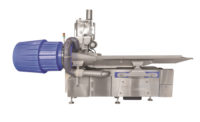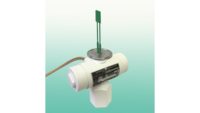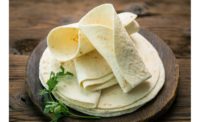The Bottom Line:
- Equipment that distributes seasonings and coatings evenly is a must
- Producers need equipment to be easy to clean and maintain
- Technology that saves labor is a plus
Snack food and bakery companies are looking for a number of features and benefits from seasoning and coating equipment, but machines that keep those seasonings and coatings evenly spread on their products probably top the list. Close behind are recirculation, reliability, accuracy, and sanitation, say manufacturers and producers.
Customers of Wilevco LLC are probably most interested in even coating, says Robert Reiser, president and owner. “One, for consistency, and two, so you’re not wasting the coating—you’re not wasting that butter,” he says. “You’re getting a more consistent product for your customers, but you are also saving money for your customers.”
Consistent coating = consistent flavor
Consistency of coating is a key consideration for Mister Bee, which has recently come up with four new potato chip flavors: the 304 (named for West Virginia’s area code), which combines salt, vinegar, and barbecue; pepperoni roll, with pepperoni, cheese, and bread flavors; the original chip, a rerun of the chip the company’s maiden product, fried with lard; and sausage biscuits and gravy, made in partnership with local restaurant chain Tudor’s Biscuit World, says Mary Anne Ketelsen, co-owner. “Consistency is a big part of it,” she says. “When you tumble a product, you get more consistency, instead of running and adding seasoning as you go.”
Producer 1440 Foods, which makes the Pure Protein brand with SKUs like Galactic Brownie, Caramel Churro, and Sweet Chili Protein Crisps, is heavily focused on even application of seasonings and coating to maximize the flavor profile, says Jacob Salyer, director of manufacturing.
“A lot of them are not super-easy to apply, and how consistently it adheres to the product ensures that we get a consistent flavor profile,” he says. “Our top consideration is functionality: How do we get something that’s repeatable. Seasoning is one of the ways we try to differentiate the product. High protein doesn’t have the best taste. You have to make sure you have the flavor come through.”
The company blends those high protein products with flavors “from memory lane,” says Johan Joseph, manager, product development. “We’re taking a nostalgic product and bringing it back to market as high protein, better for you,” he says. “We’re taking a protein crisp and adding mesquite barbecue. We’re taking sour cream and onion and putting it on pea protein to mask the afternotes. It’s a better-for-you snack.”
To accomplish this, the company uses standard tumblers and undertakes simple trials to better understand how the line runs, how the product forms on the line, and how the coating is kept standard, Joseph says. “When it comes to flavors, we’re trying to look at what’s trending out there, what are the savory flavors that are the top flavors consumed in America, to build market share within this segment,” he says.
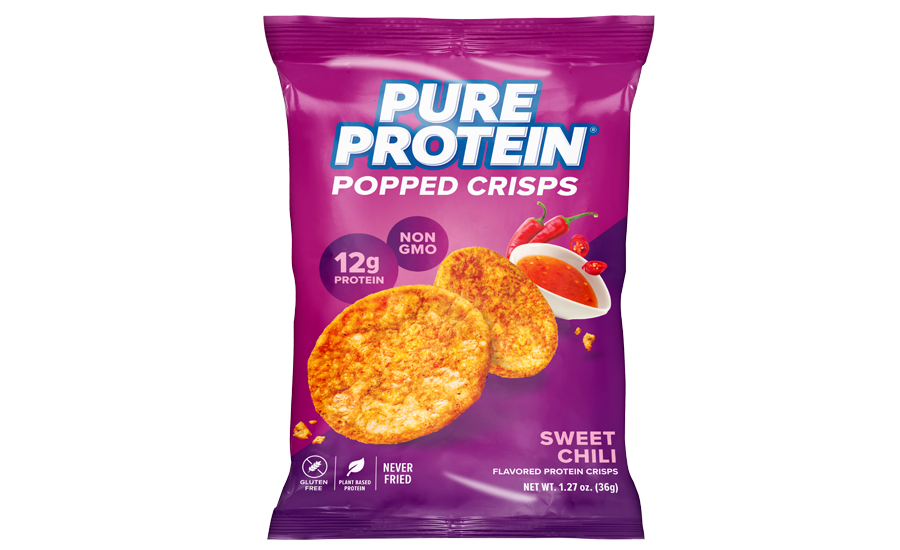
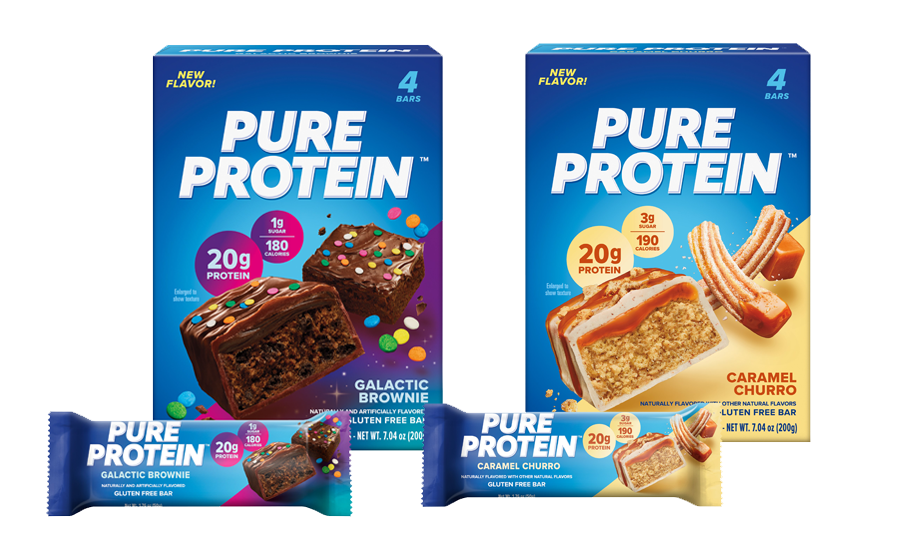
Courtesy of 1440 Foods
As part of that market research, 1440 Foods has delved into the intense “flavor blasted” trend, garnering key insights and drivers through in-depth interviews with customers, Joseph says. Those help “to understand the flavor profiles they like and want to see,” he says. “We’re identifying novel flavors, but also looking at spice level. Any way we can play to the consumer mindset of nostalgia, which seems to be trending, that’s what we are going after in the innovation pipeline.”
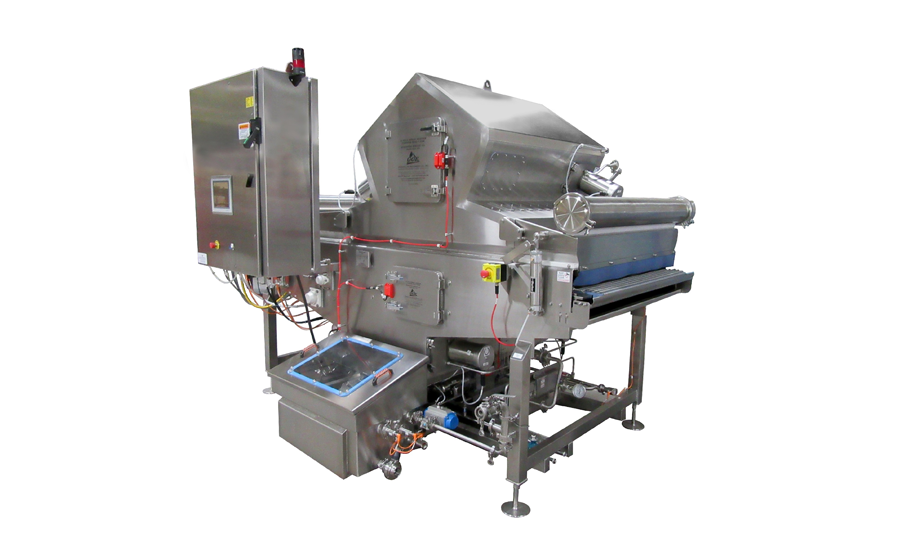
Courtesy of GOE-Amherst
Given the negative aftertaste that high-protein products have, 1440 Foods looks for suppliers that can help keep customers engaged through different flavor profiles and textures, Salyer says. “Most people don’t want to eat something that’s healthy, if it tastes healthy,” he says. “Seasonings and coatings, and toppers, are a way to keep the customer coming back. It’s the most critical equipment on the line when you do a better-for-you product. All it takes is one bad bite, where you didn’t put the right seasoning and coating in.”
Keeping spray contained
At GOE-Amherst Stainless Fabrication, reliability, accuracy, and sanitation are high priorities, along with the ability to contain the mist generated when you’re spraying and recover the spray that doesn’t land on the product for recycling and future use, says Norm Searle, who handles sales and marketing for the company.
“The reliability of this equipment, the ability to communicate to your devices that are online, so that you’re not having to hardwire all of these components, that’s now come a long way,” he says. “Sensor technology continues to evolve. Accuracy is paramount, because anything you should be putting, and you’re not, is shorting the customer and not meeting your labeling requirements. Anything you’re putting on over [the needed amount], you’re giving away, and you’re outside of your specifications.”
Regarding sanitation, Searle says, “We know the common saying that if it’s in the plant, it’s in the food. When inspectors come out, they don’t go looking for easy places to clean—they look for, out of sight, out of mind. We’ve made our system extremely sanitary … It’s all opened up. You can see everything under our sprayer. And being all stainless steel, all washdown, you can hit it with whatever you want, and it’s not going to bother it.”
Containing the spray inside the machine and capturing it for future use not only improves efficiency but also safety, in another sense, Searle says. “I’ll never forget going into one of the first plants we were talking with, about developing the sprayer,” he says. “It was like walking through an ice-skating rink. … I’ve gone through plants over the years and seen oil literally dripping from the ceiling.”
Recirculation and full containment are also on the minds of Wilevco’s customers, Reiser says. “Whatever does not end up on the product, you want that to remain in the machine,” he says. “You want to recirculate what you don’t use, so you’re not wasting it. And if it’s outside the machine, floating around the plant—if oil is getting into the machine, it’s a maintenance issue; or if it’s onto the ground, it’s a slip-and-fall issue, and you’re dealing with the lawyers who are on TV at three in the morning.”
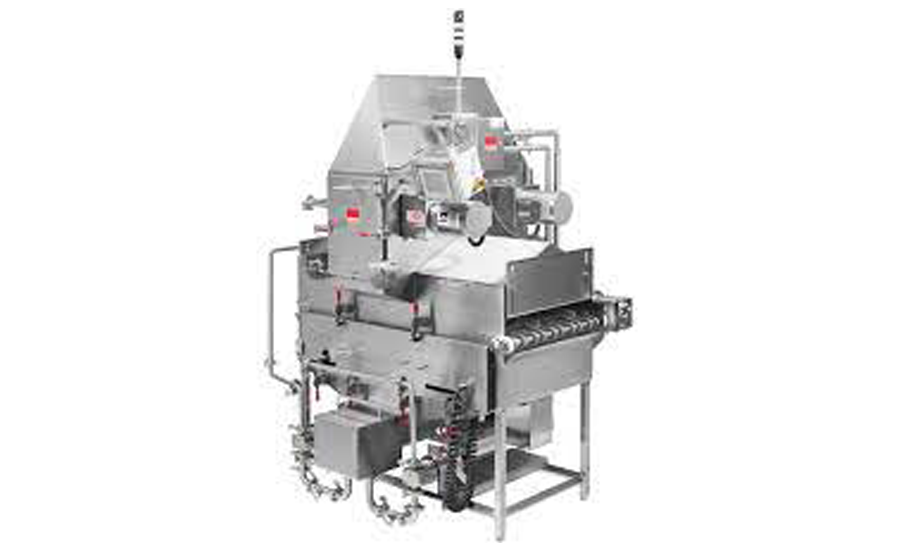
Courtesy of Wilevco
“With a fully contained system, it’s not getting on the floor where people can hurt themselves; and it’s not getting into hard-to-reach places, which becomes a maintenance issue as stuff grows and becomes a breeding ground for bacteria,” Reiser adds.
Achieving speed, saving labor
GOE Amherst customers also appreciate sprayers that can handle a wide range of liquids and slurries, Searle says. “If it needs to be chilled, we can chill it,” he says. “If it needs to be heated, we can heat it. If it needs to be agitated, we can agitate it.”
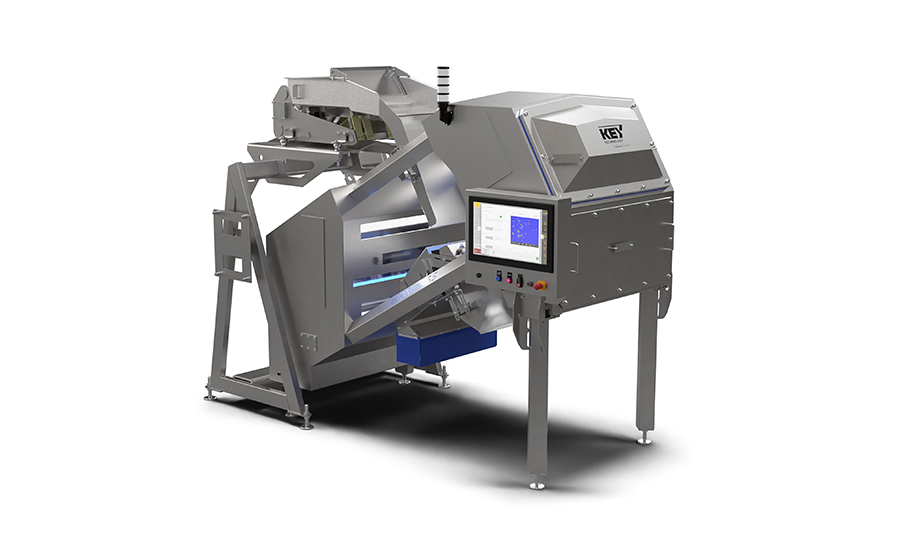
Courtesy of Key Technology
Mister Bee, which recently installed the Opti-Sorter from Key Technology and also uses equipment from tna, Urschel and Vanmark, appreciates the speed and versatility of its equipment, says Rob Graham, general manager.
“We can make three or four different flavors at one time, the way things are calibrated to put the seasoning or salt onto the chips,” he says. “The main thing is how fast the baggers can run on certain-sized bags. One ounce is usually the smallest we run; and we’re pushing out 135 bags a minute. Even on bigger bags, now we’re pushing out probably at least 60 to 65 bags a minute. It actually doubled, in some cases, and smaller bags almost tripled what we were getting from our older machines.”
“The equipment absolutely made it easier,” Ketelsen adds. “When I first came to work here, we had one line. Every time we ran barbecue, we had to shut it down and clean it up. … They only did 20 one-ounce bags a minute.”
The installation of the Opti-Sorter earlier this year has boosted quality control, Graham says. “As chips come out of the fryer, they go through the Opti-Sorter, which uses a series of cameras to pick out the bad chips,” he says. “A puff of air blows the bad ones off to the side, off on their own little conveyor belt. The good ones proceed on and up to get seasoned. … It’s pretty amazing how those cameras capture those at high speed and spit them out.”
Lastly, Searle says his customers are always on the lookout for labor savings. “You don’t want somebody having to ride herd over this machine,” he says. “These machines are getting commands from a central controller—they’re told what speeds, what application rates, and then let it run. And it runs unattended, with the exception of, should something happen, there’s an alarm to call an operator’s attention … You’re down to a handful of people running multiple lines.”

